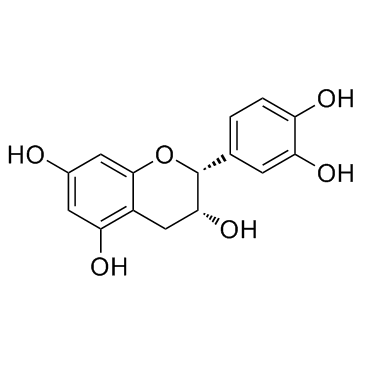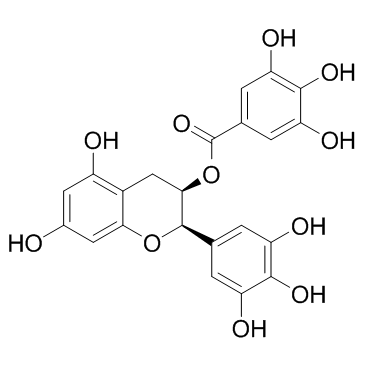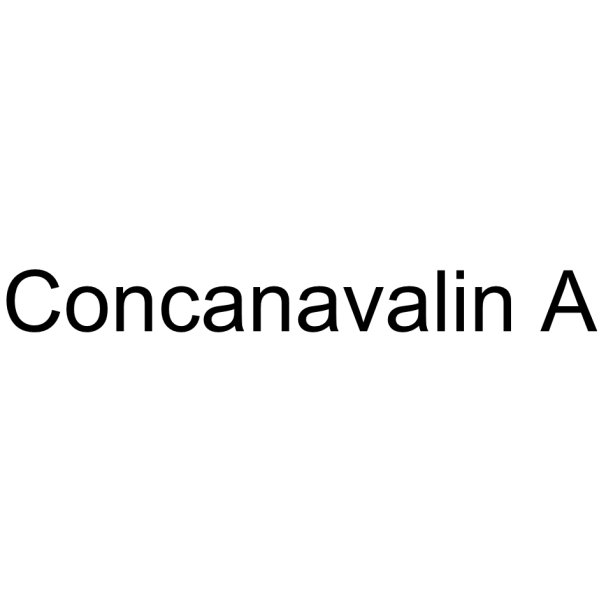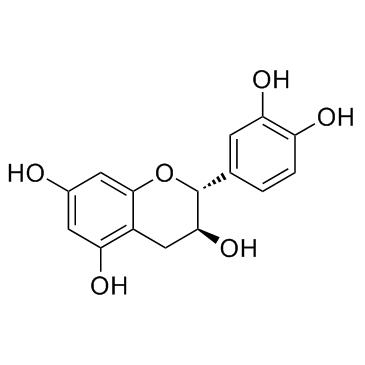| Structure | Name/CAS No. | Articles |
|---|---|---|
 |
Epicatechin
CAS:490-46-0 |
|
 |
(-)-Epigallocatechin gallate
CAS:989-51-5 |
|
 |
Concanavalin A
CAS:11028-71-0 |
|
 |
Catechin
CAS:154-23-4 |
|
 |
HUMAN M-CSF
CAS:81627-83-0 |